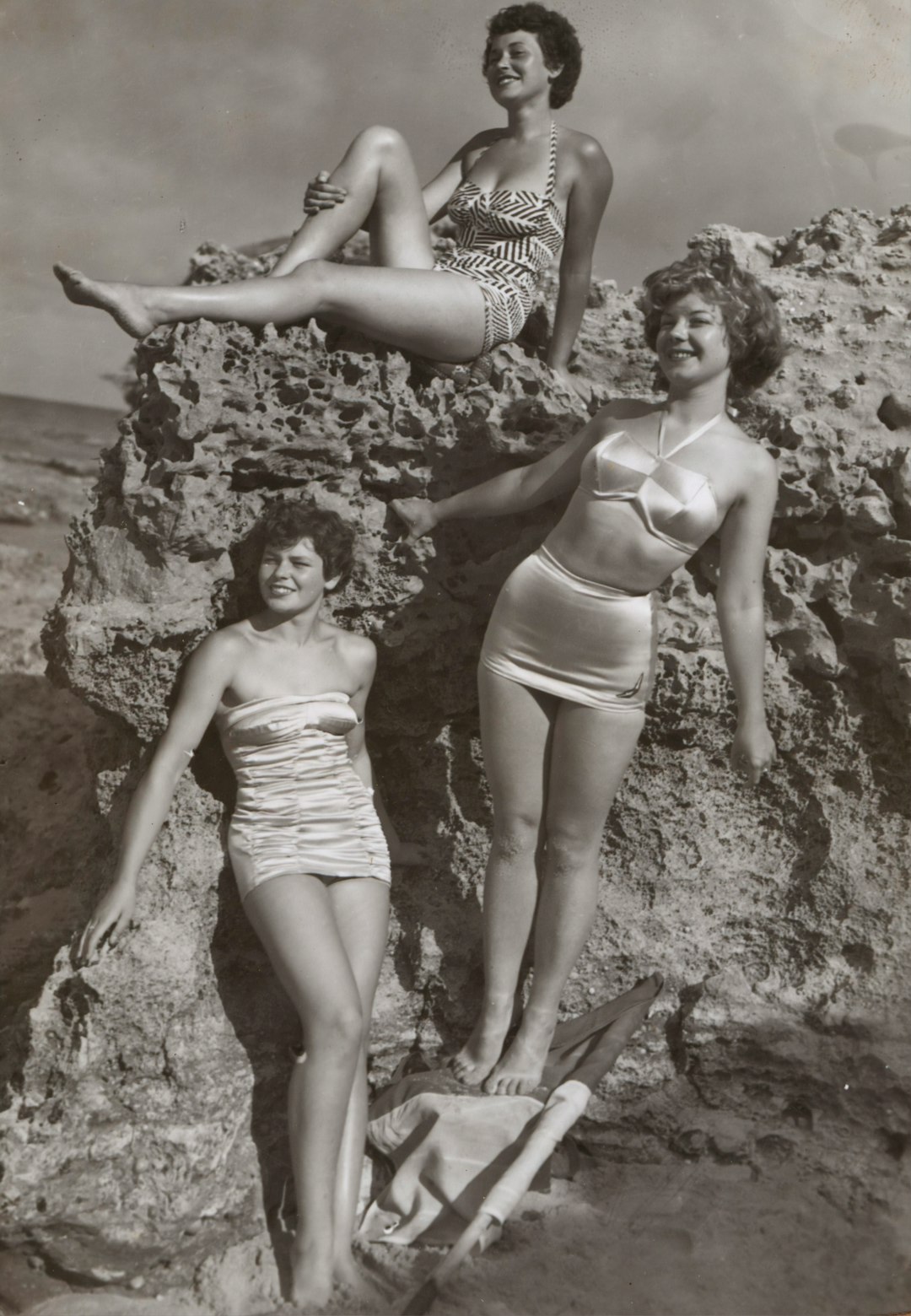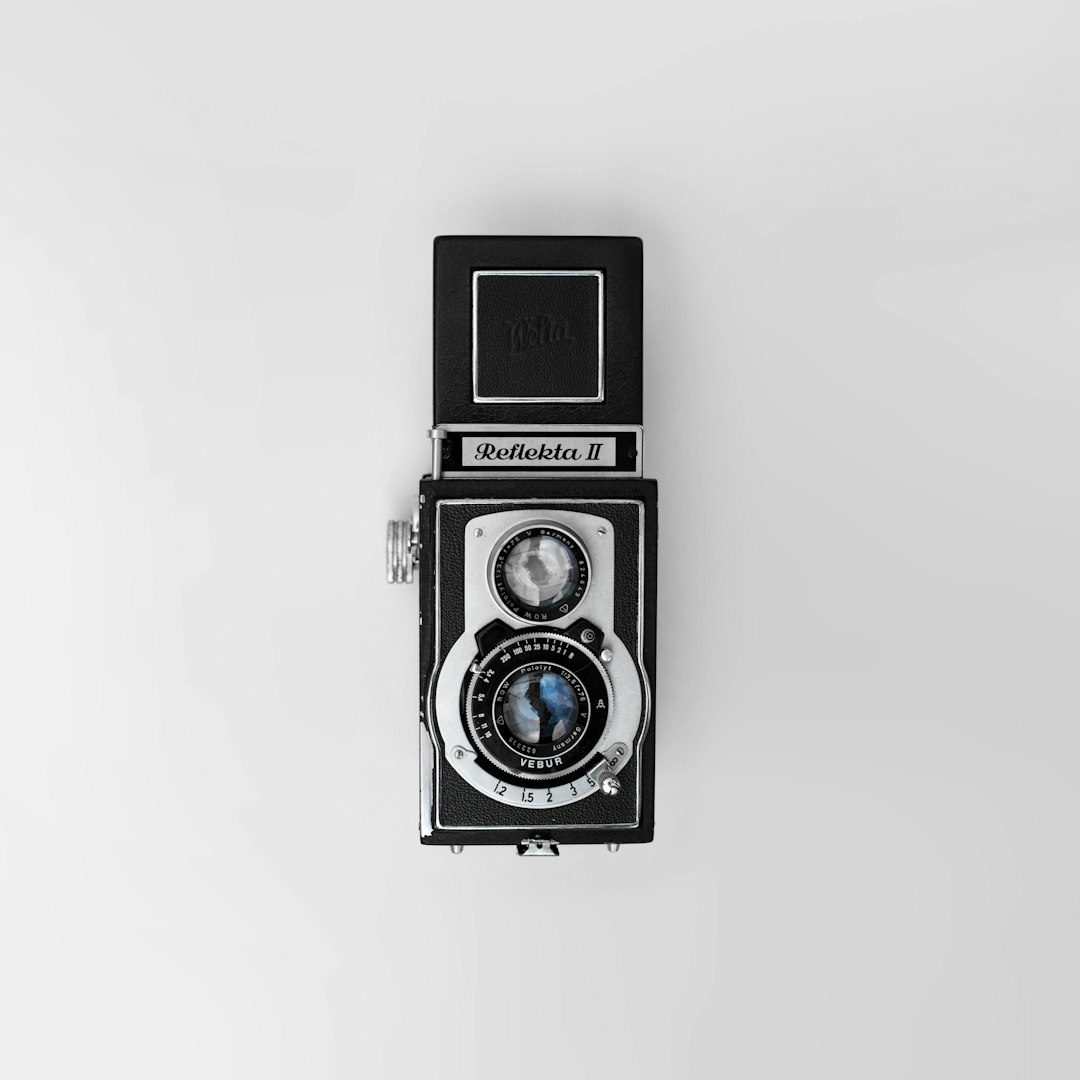In the annals of photography history, few inventions have left as indelible a mark as the first Kodak camera. This revolutionary device changed the way people captured and preserved their memories forever. Before its debut, photography was a complicated and often expensive hobby, restricted mainly to professionals and dedicated enthusiasts. But all of that began to change in the late 19th century when a man named George Eastman stepped onto the stage.
So, when was the first Kodak camera made? The answer: 1888. In that year, George Eastman introduced a simple, box-shaped camera that forever altered the photography landscape. This first Kodak camera was marketed not only for its innovative features but also for its ease of use, appealing to ordinary people who had never before considered taking up photography.
The Brain Behind the Breakthrough
George Eastman, a former bank clerk from Rochester, New York, was the mastermind behind the Kodak camera. Frustrated by the complexity and bulkiness of photography equipment at the time, he sought to simplify the process. Prior to his innovation, a typical camera setup involved glass plates, messy chemicals, and hours of work. Eastman’s goal was clear: make photography simpler, more accessible, and fun.
This vision culminated in the first Kodak camera, which came preloaded with 100 exposures of roll film. Users only needed to point the camera, press a button, and then send the entire device back to Kodak when the roll was finished. Kodak would then develop the photos, reload the camera, and return it to the customer.

Key Features of the First Kodak Camera
The 1888 Kodak was a marvel of simplicity for its time. Here are some of the standout features that made it revolutionary:
- Box Design: A wooden box wrapped in leather with a fixed-focus lens and a rotary shutter.
- Preloaded Film: Came with a roll of film capable of taking 100 exposures.
- Portable: Small enough to be handheld, marking a significant departure from the large equipment of the past.
- Easy Operation: The camera had a single button for capturing images, embodying the slogan “You press the button, we do the rest.”
- Post-Processing Service: Kodak handled the developing, printing, and reloading of the camera, reducing user effort dramatically.
Impact on Society
The release of the first Kodak camera in 1888 was more than just a technological advancement; it sparked a social revolution.
Photography for the Masses: Before Kodak, photography was an elite hobby. Now, families, travelers, and individuals from all walks of life could document their lives.
Memory Preservation: People began recording birthdays, vacations, and everyday moments — something we now take for granted. This idea of preserving memories visually helped shape 20th-century culture.
Innovation Booster: Kodak’s success encouraged further developments in camera technology, influencing everything from film design to digital photography decades later.

Evolution and Legacy
The first Kodak camera laid the groundwork for an empire. Over the next several decades, Kodak would go on to release increasingly sophisticated models including the Brownie in 1900, which further democratized photography because of its even lower cost and ease of use.
What’s more, Kodak became a household name, synonymous with photography itself. “Kodak moments” became part of everyday language, referring to any small, perfect moment worth capturing on film.
By the mid-20th century, Kodak was a dominant force in the photography industry, credited with popularizing color photography, home movie equipment, and eventually even the early stages of digital imaging.
Final Thoughts
When the first Kodak camera hit the market in 1888, it didn’t just introduce a new product — it inaugurated a new era. George Eastman didn’t just make photography easier; he made it possible for millions. From that leather-wrapped wooden box came a wave of innovation and cultural change that still resonates today. Whether you’re snapping a selfie with your smartphone or editing an image on a computer, you’re walking in the footsteps of a journey that began with a simple idea: “You press the button, we do the rest.”




